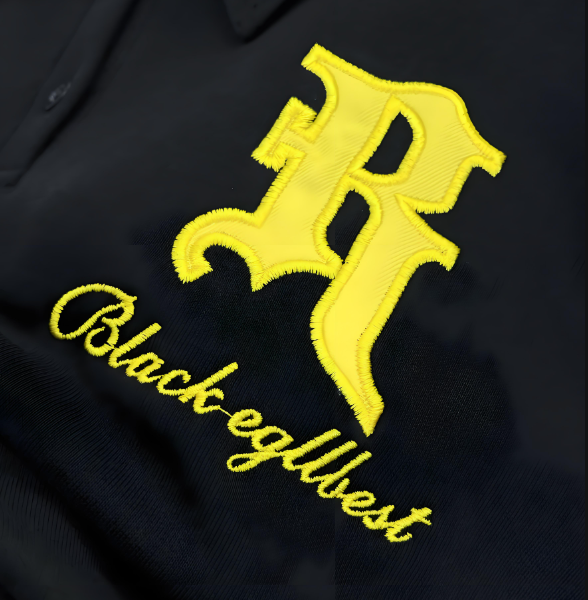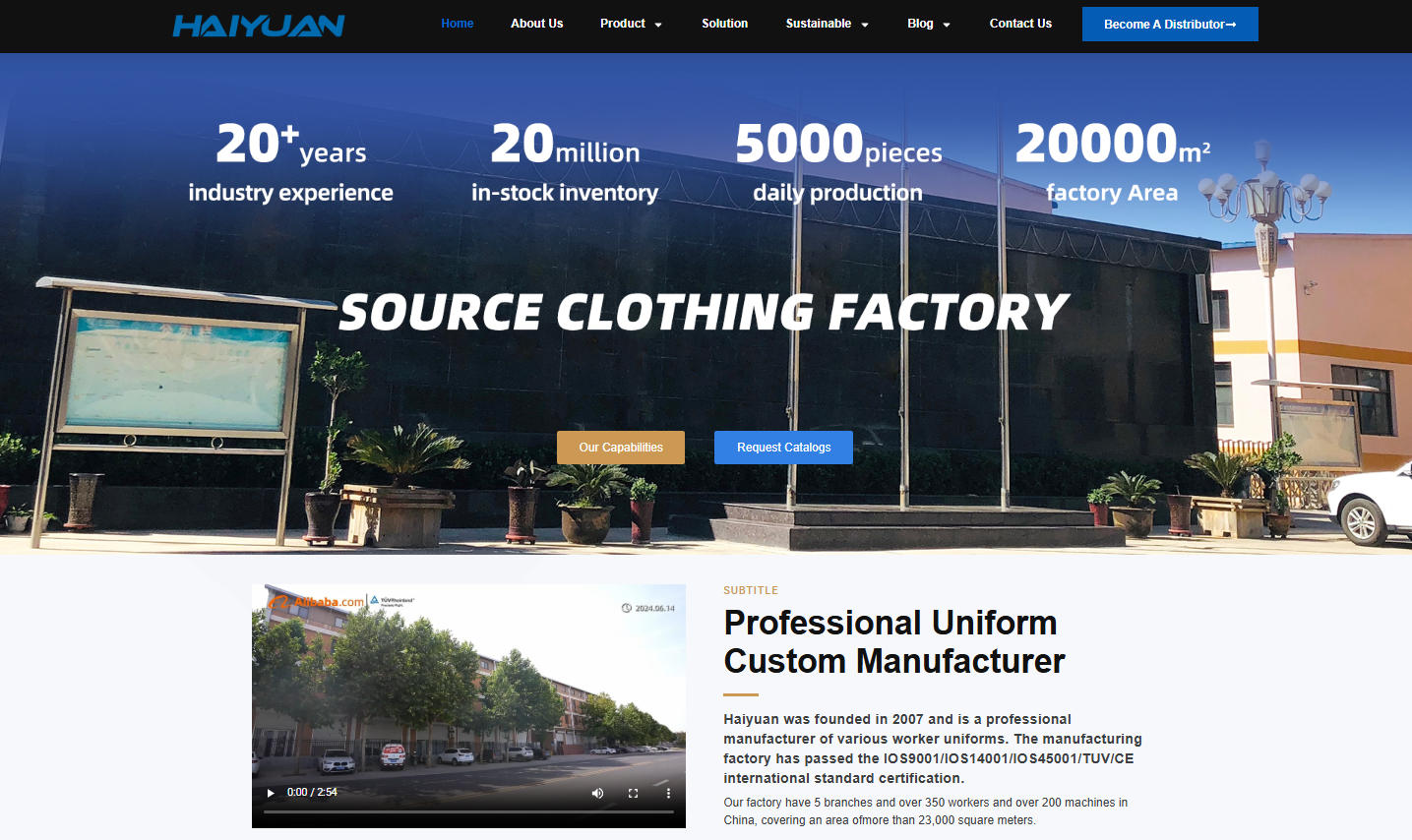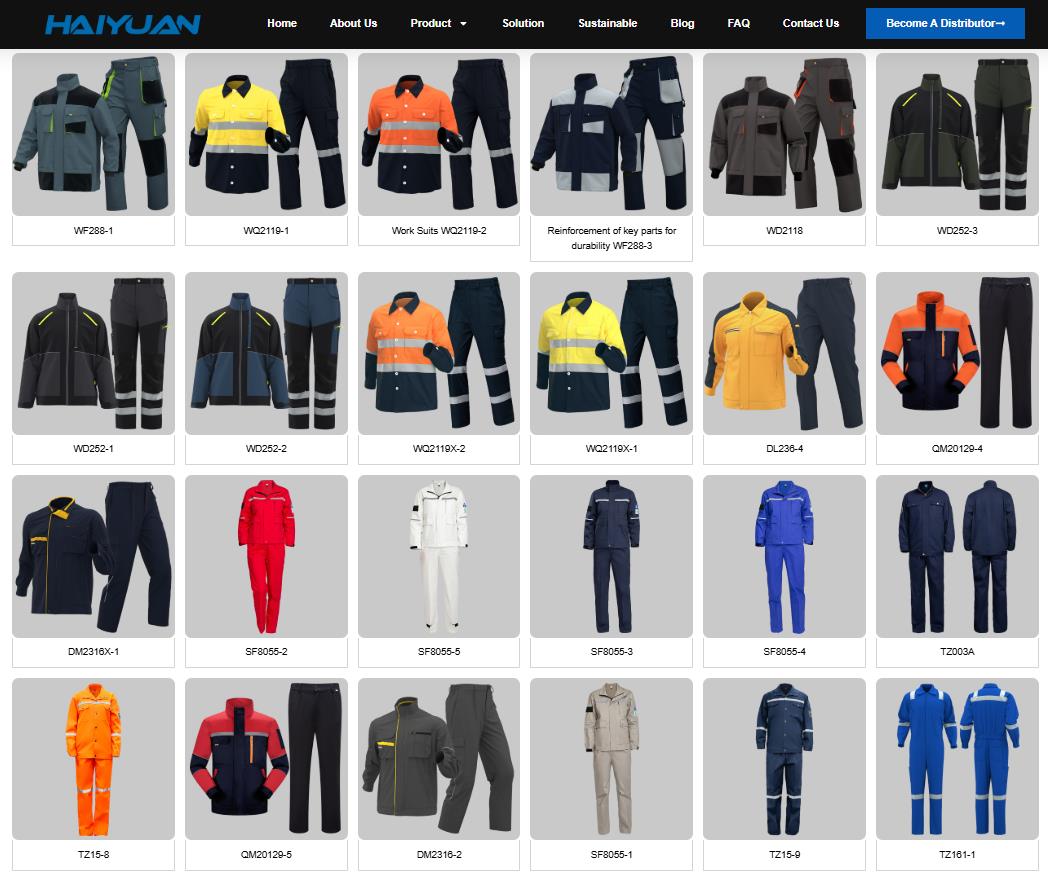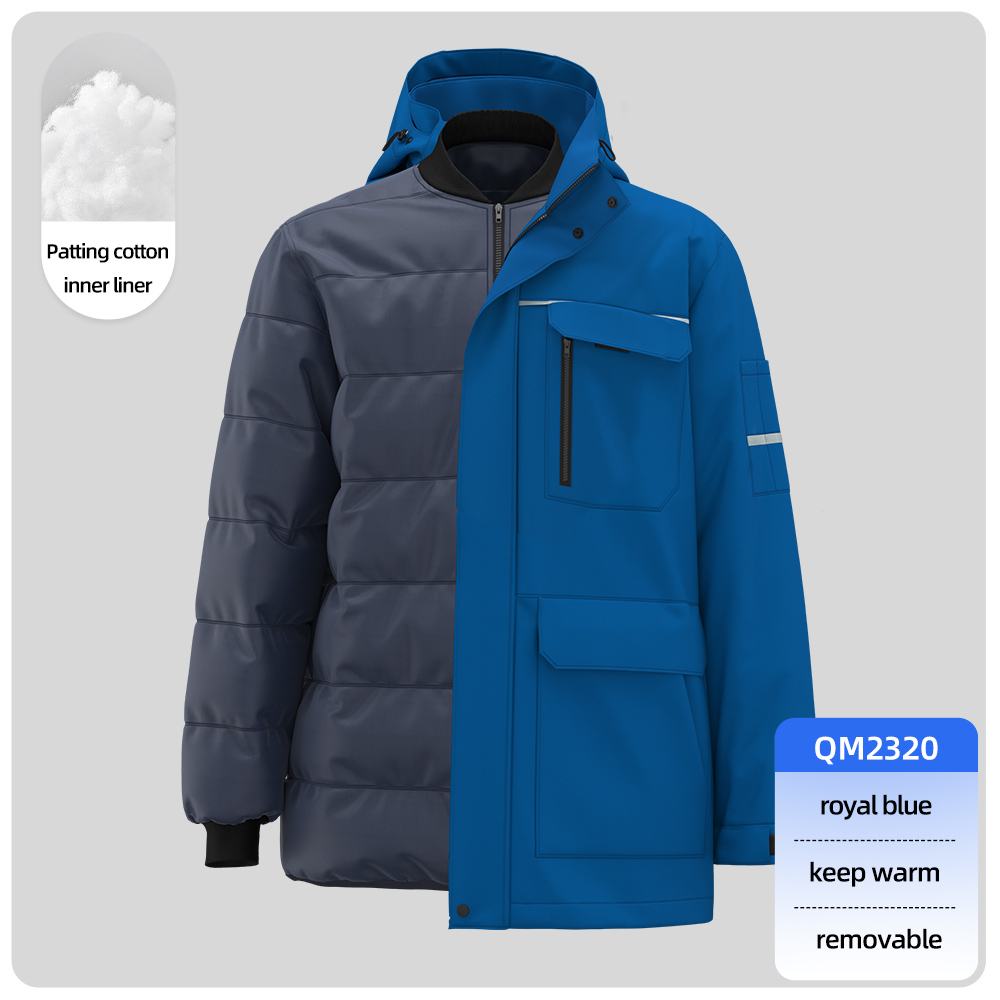Personalizing work uniforms is a fantastic way to boost team morale, strengthen brand identity, and allow for a bit of individual expression, all while maintaining a professional look.
The key is to find a balance between company standards and individual identity. Here’s a comprehensive guide on how to do it, broken down into company-led and employee-led personalization.
1. Company-Led Personalization (The Branding Angle)
This is where the company adds unique, personalized elements to the uniforms they provide.
A. Professional Embroidering or Printing:
This is the most common and effective method.
-
Employee Names: Instead of just a logo, add the employee’s first name or last name directly beneath it. This is huge for customer service, as it makes interactions more personal.
-
Job Titles/Roles: Embroidering a role (e.g., “Chef,” “Lead Technician,” “Manager”) adds authority and helps customers and staff identify who to approach.
-
Department/Team Logos: Different departments (e.g., “Sales,” “Service,” “R&D”) can have slightly different logos or colors on the same uniform base to foster team spirit.
-
Anniversary or Milestone Patches: Reward loyalty with special patches for 1 year, 5 years, etc., of service that employees can wear on their sleeves.

EMBROIDERY
B. Mix-and-Match Systems:
Provide a “uniform capsule” rather than a single outfit.
-
Color-Coding: Assign different colored shirts (e.g., polo shirts) to different roles or departments. For example, supervisors wear navy, technicians wear grey, and sales wear green.
-
Layering Pieces: Offer branded items that can be worn in different ways, like vests, sweaters, or jackets. Employees can choose which layer to wear based on their role, the weather, or personal comfort.
C. Custom Accessories:
-
Branded Lanyards: For ID badges and keys.
-
Ties, Scarves, or Bow Ties: In company colors or patterns, allowing for individual style within a set framework.
-
Hats and Beanies: Especially useful for outdoor workers, with the option for names or roles on the back.
-
Socks: In a fun, company-related pattern or color.
2. Employee-Led Personalization (The Individuality Angle)
This is where the company sets clear guidelines for what employees can add to their uniforms themselves.
Important: For this to work, you must create a clear and simple policy. Define what is and isn’t allowed to prevent a chaotic or unprofessional look.
A. Approved Accessories:
-
Jewelry: Allow for subtle personal expression through watches, bracelets, stud earrings, or wedding rings.
-
Eyewear: Employees can express themselves with their own glasses frames.
-
Belts: Specify a color (e.g., black or brown leather) but allow employees to choose their own style within that range.
-
Shoes: While mandating safety standards or a specific color (e.g., “all black closed-toe shoes”), allow employees to choose the brand and style that is most comfortable for them.
B. Functional Add-Ons:
-
Company-Provided Patches: Give employees a selection of approved, fun patches (e.g., for safety milestones, team achievements) that they can choose to display on a specific part of their uniform, like a sleeve.
-
Pins and Buttons: Allow for a single “pin of the month” or buttons that support a company-approved cause.
C. Hairstyles, Beards, and Makeup:
A modern and inclusive personalization policy allows for:
-
Cultural and religious headwear (hijabs, turbans, etc.) in company colors or with a small logo.
-
A variety of hairstyles, colors, and facial hair, as long as they are neat and meet safety requirements.
Step-by-Step Guide to Implementing Personalization
-
Define Your Goals: What do you want to achieve? Better team morale? Stronger customer recognition? Improved employee comfort? Your goal will guide your choices.
-
Establish a Core Uniform: Start with a solid base—a specific shirt, pant, or overall that is non-negotiable. This maintains a cohesive brand image.
-
Create a Clear Policy:
-
For Company-Led: Decide what will be standardized (names, titles) and what the budget is.
-
For Employee-Led: Create a simple one-page document with “Dos and Don’ts.” Use pictures to show approved and unapproved examples.
-
-
Involve Your Team: Get employee feedback! They are the ones wearing the uniforms every day. Ask them what kind of personalization they would value most (e.g., more comfortable shoes vs. having their name on a shirt).
-
Choose Quality Partners: Work with a reputable embroidery, printing, or uniform supplier who can deliver consistent, high-quality results.

haiyuan clothing factory -
Roll it Out and Communicate:
-
Launch the new personalized uniforms as a positive change.
-
Frame it as an investment in your team and your brand.
-
Provide the clear policy to everyone and train managers on the guidelines.
-
Examples in Action
-
A Coffee Shop: Standard apron (core uniform) with a name embroidered on it. Employees can wear their own black pants and shoes, and express themselves with funky glasses, hairstyles, and approved earrings.
-
An Auto Shop: Standard company-branded shirt. Mechanics have their name and “ASE Certified” patch. They can choose their own tool belt and safety toe boots.
-
A Corporate Office: A mix-and-match system with company-branded polo shirts, sweaters, and blazers. Employees can choose which combination to wear each day.
By thoughtfully personalizing work uniforms, you can create a win-win situation: a strong, cohesive brand image and a team of individuals who feel valued and respected.
For some insightful reads, we’ve curated a list of recommended articles just for you:
- How do I find a product manufacturer in China?
- How to find cheap manufacturers in China? A guide to avoid pitfalls
- How to complete your first purchase of workwear in China safely and efficiently
- Custom uniforms for Small business
- Choosing the Best Industrial Work Suit
- Ultimate Guide: Best Wholesale Work Clothes in China
- Cut & Sew Customization
- Logo Customize Clonthing Manufacturer
- The Ultimate Guide to Finding Reliable Wholesale Work Clothes Factories in China
- Importing Clothes from China Guide
Can’t find what you’re looking for? Feel free to contact us. We’re here to help 24/7.





